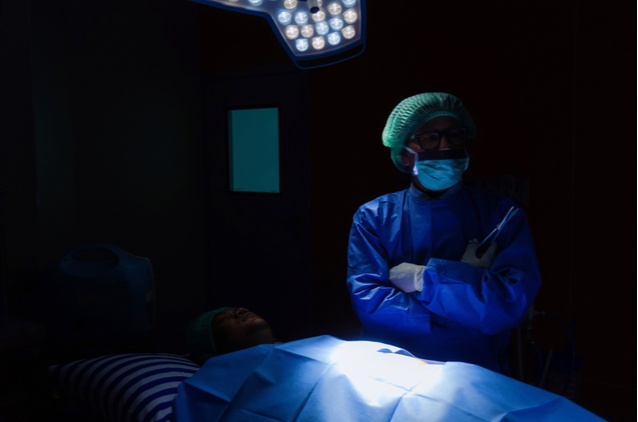What Happens When the Power Cuts Out at a Medical Facility?
Posted by Kristopher Schwind

For medical facilities, emergency power plans are a matter of life or death.
When an outage occurs at a hospital, urgent care, or other medical facility, the effects can be life-threatening. Vital services and equipment like medical ventilators, incubators, and dialysis machines rely on electricity to function—and patients rely on them to survive. Loss of HVAC, water pressure, sterilization technology, and refrigeration capabilities can also be devastating for medical facilities.
We’ve talked about preventing power failure in hospitals and assisted living facilities previously, but it’s important to know the impact of a worse-case scenario.
In 2003, the Northeast experienced a widespread blackout that affected roughly 45 million people, including regional medical facilities. The Office of Emergency Management’s Emergency Operations Center (EOC) in Brooklyn didn’t have emergency generators on-site, and weren’t able to provide logistical support until 2am when they secured two generators to supply limited power.
Meanwhile, four of 75 major New York City hospitals were temporarily without electricity.
The longest interruption was 2 hours and 45 minutes. (This figure is far better than the citywide blackout of 1965, when 37% of New York City hospitals didn’t have emergency generators.)
Emergency medical and ambulatory services transported patients that were dependent on electrically powered medical devices.
The massive blackout prompted hospital administrators and emergency planners to establish procedures to handle power outages before they occur. The emergency procedure plan includes a series of questions they recommend administrators ask their team well in advance of a potential power failure:
- Have you identified your essential functions and minimum electricity needs and sized your backup generators appropriately?
- Do you have procedures to prioritize emergency power allocation to key resources (i.e. HVAC systems, ventilators, patient monitors)?
- How often is your emergency generator system tested to assure reliable startup and sustained operation?
If you’re in the medical industry, do you know the answers to these questions? If not, we can help:
Without an emergency power plan in place, medical facilities could fall victim to these worst-case scenarios. As long as they install and maintain effective back-up power supplies, they can continue saving lives and treating patients despite a widespread blackout.
Kristopher Schwind is the proud owner of National Standby Repair.
 24/7 EMERGENCY GENERATOR SERVICE
24/7 EMERGENCY GENERATOR SERVICE REQUEST A QUOTE
REQUEST A QUOTE
 (914) 734-1400
(914) 734-1400